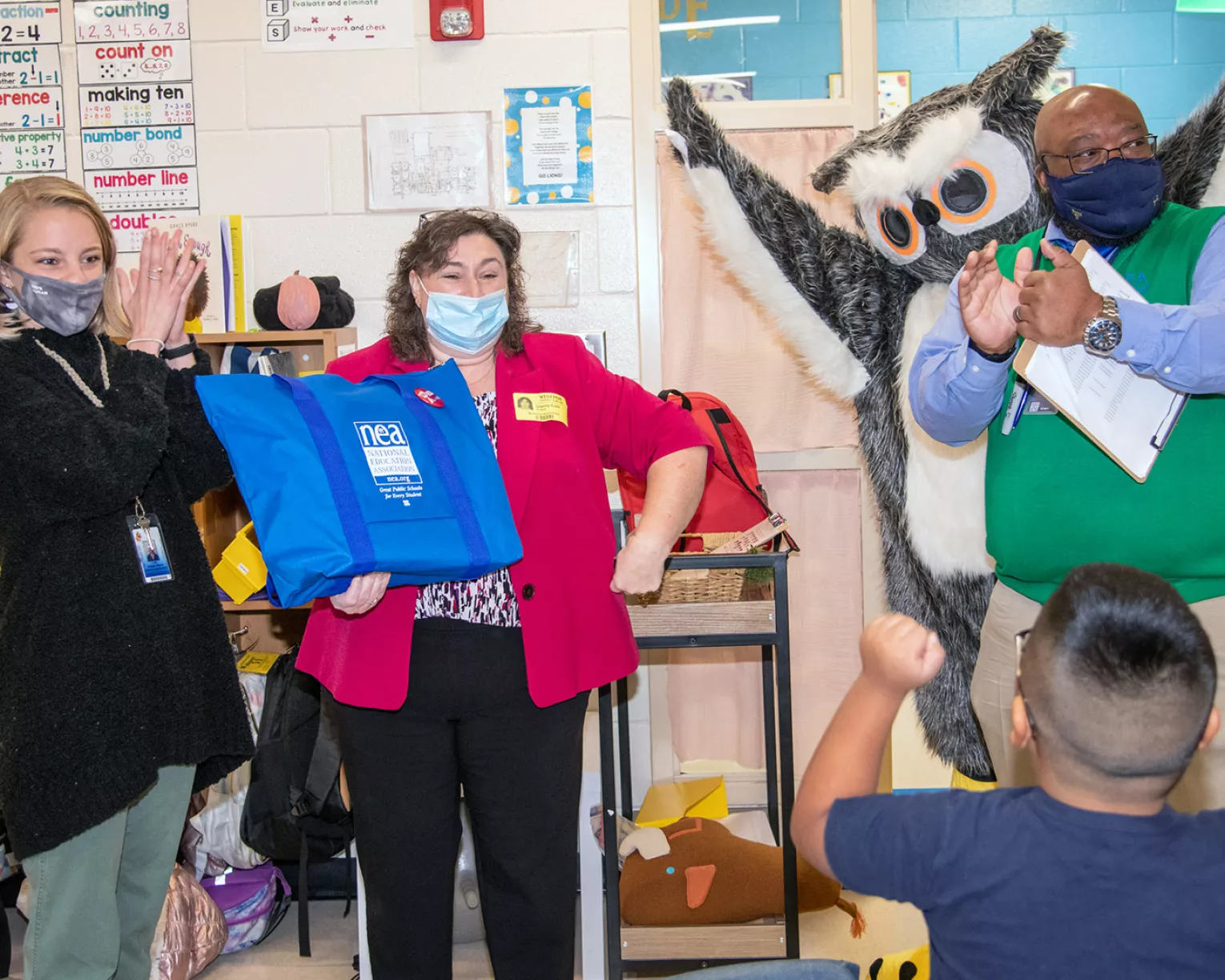Key Takeaways
What is autism and how do educators approach it?
Autism is a neurotype—a type of brain, in terms of how a person interprets and responds to social cues—that more than 75 million people have worldwide. Each autistic person is unique and can display a wide range of symptoms and levels of severity. Some general characteristics of autism include hyper- or hypo-reactivity to sensory input, having special interests, displaying self-stimulatory behaviors, and differences in social communication and interaction, especially nonverbal communication and body language. Views on autism have shifted drastically over the past 80 years.
Today, we understand that autism is a neurotype, not a disorder to be cured. We are also moving away from a deficit model, where we historically focused our understanding of autistic behaviors as negative challenges to be changed. Instead, we are treating special interests as a boon for autistic students that could lead to the development of better educational and therapeutic programs.
To be an inclusive educator, you need to know the law around disabilities, honor student and guardian preferences, and your own bias around internalized ableism. This can be accomplished by reading autistic authors and checking out resources such as the Autism Acceptance Project, the Autistic Self-Advocacy Network, and the Autism National Committee. You will need to gain comfort speaking about disabilities to engage with students and families, find out their specific needs, and tailor to their special interests, activities, and preferences. You must also consider language preference when addressing autistic individuals and their families. Person-first language is typically the default when addressing persons with disabilities; however, many persons with autism prefer the identify-first terminology of autistic person as opposed to a person with autism. Importantly, you should listen to how individuals refer to themselves or ask about their preference.
You should...
General education teachers should take the lead, in partnership with special education teachers, speech-language pathologists, and families. It will take the concerted efforts of the whole team to support autistic students. The school-based team should meet regularly with a clear agenda to co-plan with individualized supports in mind for students.
You and your team should make every attempt to ensure that students are receiving their accommodations in the least restrictive environments. Autistic students should be engaged in routine grade-level content that aligns with what other students experience but may be delivered in an alternate way. Best practices that benefit neurodivergent students—those who think, feel, and learn differently—benefit all students.
You should plan activities with Universal Design for Learning (UDL) in mind and empower your students in self-determination through student voice and choice. Through UDL, you can customize content, tools, rewards, and context as well as adjust the level of challenge. You should also provide multimodal learning and additional practice opportunities with scaffolding.
Keep in mind:
However, some autistic students may need additional supports in terms of social-emotional learning and social skills, such as expressing emotions. You can support socialization through consistent classroom rules, routines, transitions, and reminders. Your students may also need supports with sensory stimuli, such as incorporating movement activities, utilizing fidget toys, and creating an accommodating classroom layout.
For nonverbal students or those with limited expressive speech, augmentative alternative communication (AAC) can be used to provide spoken language supports. Students might benefit from an AAC device or text-to-speech features available through a tablet. These students may need a combination of verbal and visual cueing and auditory signals. They may also need additional support from a speech-language pathologist.
The NEA Guide: Teaching Students with Autism provides additional detail on supports for autistic students using UDL, AAC, self-determination, and individualized supports.
For More Information:
Use Your Educator Voice.
